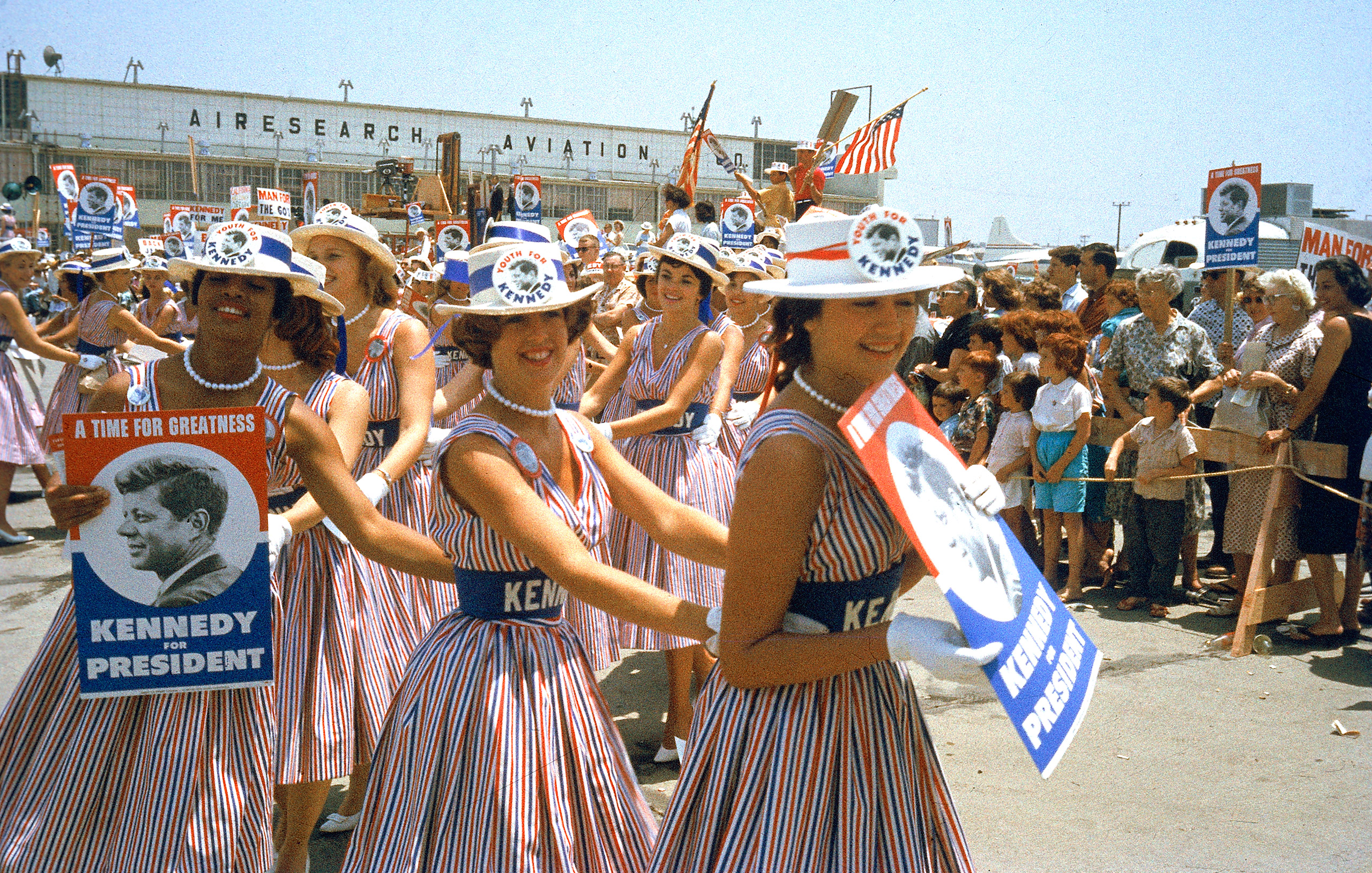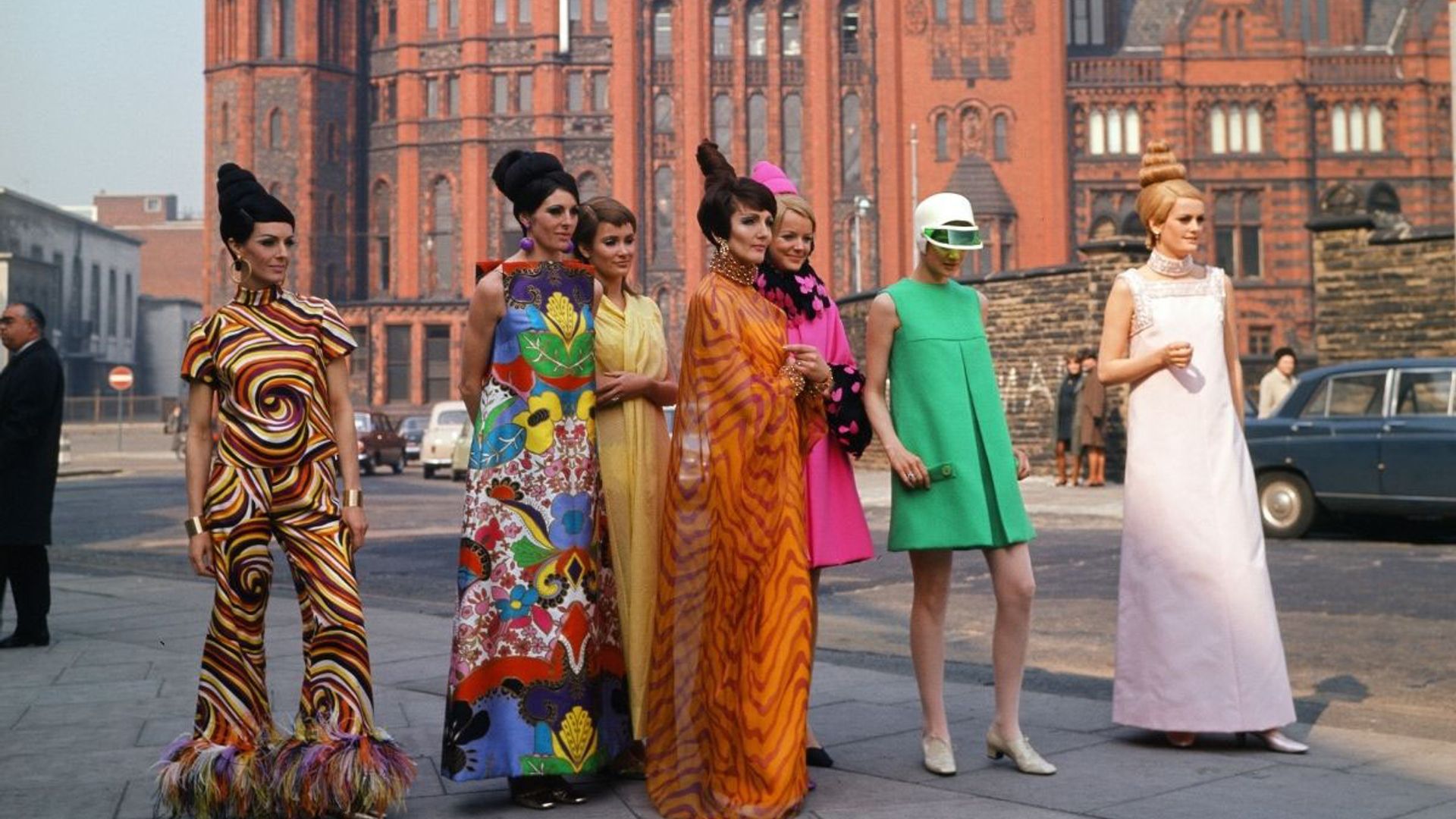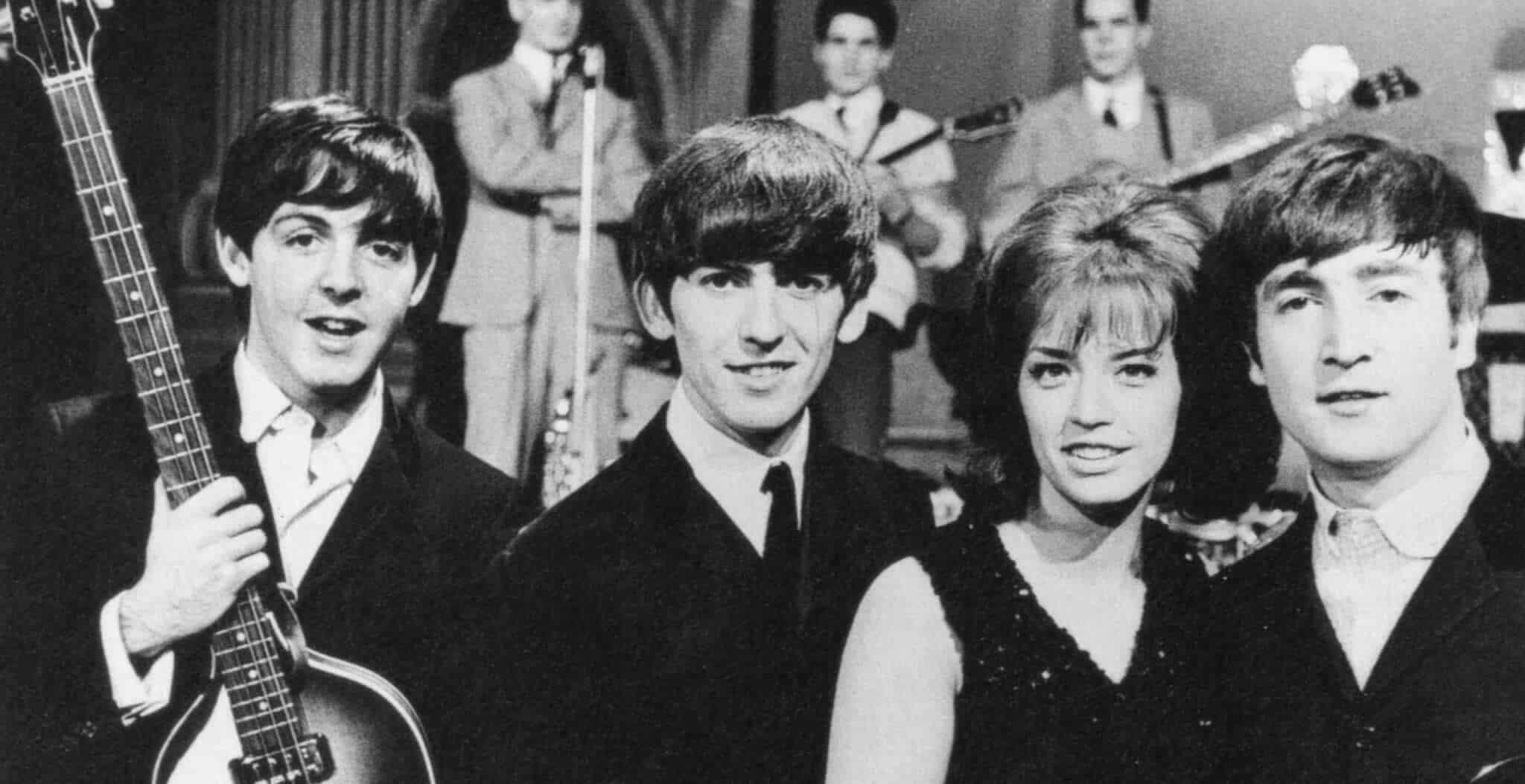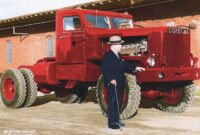1960s Pickup Trucks For Sale: Your Comprehensive Guide to Owning a Piece of Automotive History pickup.truckstrend.com
The rumble of a V8, the unmistakable lines of a classic design, and the tangible connection to an era of American innovation – these are just some of the reasons why 1960s pickup trucks continue to captivate enthusiasts and collectors alike. Far more than mere utility vehicles, these trucks have evolved into cherished symbols of nostalgia, rugged individualism, and timeless style. Whether you’re a seasoned collector seeking your next project, a first-time classic car owner, or simply someone yearning for a vehicle with character that stands out from the modern crowd, the market for 1960s pickup trucks offers a diverse and exciting landscape. This comprehensive guide will navigate you through the enduring appeal, key models, buying considerations, and ownership experience of these iconic haulers, helping you find your perfect piece of automotive history for sale.
The Enduring Appeal of the Sixties Haulers
1960s Pickup Trucks For Sale: Your Comprehensive Guide to Owning a Piece of Automotive History
What is it about a pickup truck from the 1960s that makes it so desirable today? The answer lies in a confluence of factors that perfectly encapsulate the spirit of the era. The 1960s was a period of significant economic growth and cultural transformation in America, and this was reflected in automotive design. Pickups began to shed some of their purely utilitarian skin, incorporating more car-like comfort features and styling cues that made them appealing for both work and leisure.
Manufacturers focused on clean, distinctive lines, often adorned with tasteful chrome accents, giving these trucks an aesthetic that remains universally appealing. Beneath the skin, they boasted robust, often over-engineered powertrains and simple, repairable mechanical systems, a stark contrast to the complex electronics of today. For many, owning a ’60s pickup is a journey back in time, a chance to experience the open road with a directness and character that modern vehicles rarely offer. It’s about the feeling of turning a key and hearing that vintage engine roar, the satisfaction of working on something tangible, and the undeniable cool factor that comes with driving a true classic.
Key Manufacturers and Iconic Models of the Era
The 1960s saw fierce competition among the "Big Three" American automakers, each striving to offer the most capable and stylish pickup. Understanding the key players and their flagship models is crucial when embarking on your search.
Chevrolet/GMC
Chevrolet and its sibling GMC dominated the market with their C/K series. The C10 (2-wheel drive) and K10 (4-wheel drive) are arguably the most sought-after pickups of the decade. Introduced in 1960, the first-generation C/K trucks (1960-1966) featured a revolutionary independent front suspension, offering a smoother, more car-like ride than their predecessors. The 1967-1972 "Action Line" C/K models, often referred to as the "Glamour Trucks," refined this design with a sleeker, more modern aesthetic, becoming instant classics. Both Fleetside (smooth-sided bed) and Stepside (fendered bed with external steps) options were available, catering to different tastes and practical needs. Engine options ranged from inline-sixes to powerful small-block and big-block V8s.
Ford
Ford’s F-Series, particularly the F-100 (half-ton), was another powerhouse. The fourth-generation F-Series (1961-1966) introduced the integrated cab and bed on some models, though separate components remained popular. The fifth-generation (1967-1972) brought a more squared-off, rugged look, known for its durable "Twin I-Beam" front suspension, which provided a robust ride. Ford trucks from this era are celebrated for their toughness and utilitarian appeal, often seen as true workhorses that could endure anything.

Dodge
Dodge offered its D-Series pickups, including the D100 (half-ton). While perhaps less common than their Chevy and Ford counterparts, Dodge trucks from the ’60s possess a unique charm. The 1961-1971 D-Series, often called "Sweptline" due to their styling, featured distinctive lines and a no-nonsense attitude. They were known for their robust chassis and a range of engine options, including the legendary Slant-6 and powerful V8s.
International Harvester
Though a smaller player, International Harvester produced distinctive and robust trucks like the C-Series and the versatile Scout. These vehicles catered to a more rugged, utilitarian market and have since gained a cult following for their unique aesthetics and go-anywhere capability.
What to Look For When Buying a 1960s Pickup

Purchasing a classic vehicle requires a different approach than buying a modern one. Condition is paramount, and a thorough inspection is crucial.
- Rust: This is the ultimate enemy of vintage steel. Inspect common rust spots: cab corners, rocker panels, floor pans, fender wells, bed floors, and especially the frame. Surface rust can be addressed, but extensive structural rust means significant, costly repairs.
- Body and Paint: Look for straight body panels, consistent gaps, and a smooth paint finish. Wavy panels, bubbling paint, or mismatched colors can indicate poor repair work or hidden issues.
- Mechanical Condition:

- Engine: Listen for unusual noises (knocks, ticks, excessive smoke from the exhaust). Check for fluid leaks. A well-maintained engine should start easily and run smoothly.
- Transmission: Test all gears. Manual transmissions should shift smoothly without grinding. Automatic transmissions should engage without harsh jerks or slipping. Check for leaks.
- Brakes: Ensure firm pedal feel and effective stopping power. Given their age, many ’60s trucks had drum brakes all around; consider the cost of upgrading to discs for modern driving.
- Suspension and Steering: Look for worn bushings, leaky shocks, and excessive play in the steering wheel.
- Interior: Assess the condition of the seat upholstery, dash pad, gauges, and door panels. While cosmetic issues are relatively easy to fix, they add to the overall cost.
- Electrical System: Test all lights, wipers, horn, and gauges. Faulty wiring can be a nightmare to diagnose and repair.
- Documentation: A clear title is non-negotiable. Service records, original owner’s manuals, or restoration photos can add value and provide peace of mind.
Understanding the Market: Price Ranges and Value Factors
The price of a 1960s pickup can vary wildly, from a few thousand dollars for a project to well over $100,000 for a meticulously restored, highly customized, or rare example. Several factors influence value:
- Rarity: Certain models, engine/transmission combinations, or factory options can command higher prices.
- Originality vs. Customization: Highly original, numbers-matching trucks tend to hold strong value. However, well-executed restomods (restored with modern components) or custom builds can also fetch premium prices, depending on the quality of work and components.
- Condition: This is the single biggest factor.
- Project Trucks ($5,000 – $15,000): These require significant work – rust repair, mechanical overhaul, paint, interior. Best for those with mechanical skills and a budget for parts.
- Driver Quality ($15,000 – $40,000): Functional, presentable, but may have minor flaws, dings, or signs of wear. Good for regular cruising or a rolling restoration.
- Restored/Show Quality ($40,000 – $100,000+): Meticulously restored to original specifications or professionally customized. These are ready for shows or immediate enjoyment.
Where to Find Your Dream 1960s Pickup
The digital age has made finding classic trucks easier than ever, but traditional methods still hold value.
- Online Marketplaces: Websites like Bring a Trailer, eBay Motors, ClassicCars.com, Hemmings, and Facebook Marketplace are excellent resources. Be wary of scams and always request detailed photos and videos.
- Specialty Dealerships: Classic car dealerships often have a curated inventory of restored or high-quality driver trucks. While prices might be higher, they often offer more transparency and pre-purchase inspections.
- Auctions: Major automotive auctions (Mecum, Barrett-Jackson) can be exciting places to find high-end examples, but be prepared for intense bidding and buyer’s premiums.
- Local Classifieds & Word of Mouth: Check local classifieds, attend car shows, and talk to local mechanics or classic car clubs. Sometimes the best deals are found off the beaten path.
Owning and Maintaining a Classic: Challenges and Rewards
Owning a 1960s pickup is a unique experience, offering both challenges and immense rewards.
Challenges:
- Parts Availability: While many common parts for popular models (like Chevy C10s and Ford F-100s) are readily available through the aftermarket, finding New Old Stock (NOS) or specific trim pieces for rarer models can be a scavenger hunt.
- Safety Features: ’60s trucks lack modern safety features like airbags, crumple zones, or advanced braking systems. Drive defensively and consider upgrades like disc brakes.
- Fuel Economy: Don’t expect hybrid-like mileage. These trucks are carbureted, often with large V8s, and will consume more fuel.
- Specialized Mechanics: Finding a mechanic experienced with vintage vehicles can be a challenge. Many owners learn to do basic maintenance themselves.
Rewards:
- Simpler Mechanics: With fewer computers and sensors, these trucks are often easier for the average enthusiast to work on, fostering a deeper connection to the vehicle.
- Strong Aftermarket Support: For popular models, the aftermarket for reproduction parts, performance upgrades, and customization options is vast.
- Enthusiastic Community: Owning a classic truck connects you to a passionate community of fellow enthusiasts eager to share knowledge, parts, and camaraderie.
- Unique Driving Experience: There’s nothing quite like the feel of driving a classic. The unassisted steering, the distinct engine note, and the attention it garners make every drive an event.
- Appreciating Asset: Unlike many modern vehicles, well-maintained or restored classic trucks can appreciate in value over time, making them a potential investment.
1960s Pickup Trucks For Sale: Estimated Price Guide
This table provides a general overview of estimated price ranges for popular 1960s pickup trucks, based on their condition. Prices can vary significantly based on specific year, engine, options, originality, and market demand.
| Make/Model | Typical Year Range | Condition: Project | Condition: Driver | Condition: Restored/Show | Key Features/Notes |
|---|---|---|---|---|---|
| Chevrolet C10/K10 | 1960-1972 | $5,000 – $15,000 | $18,000 – $45,000 | $45,000 – $100,000+ | Iconic design, independent front suspension, vast aftermarket support. |
| GMC C1500/K1500 | 1960-1972 | $4,500 – $14,000 | $16,000 – $40,000 | $40,000 – $90,000+ | Mechanically similar to Chevy, often slightly rarer trim. |
| Ford F-100 | 1960-1972 | $4,000 – $12,000 | $15,000 – $38,000 | $38,000 – $85,000+ | Robust build, Twin I-Beam suspension (later years), classic "Built Ford Tough." |
| Dodge D100 | 1960-1971 | $3,000 – $10,000 | $12,000 – $30,000 | $30,000 – $70,000+ | Distinctive "Sweptline" styling, durable Slant-6 and V8 options. |
| International Harvester C-Series | 1961-1968 | $2,500 – $8,000 | $10,000 – $25,000 | $25,000 – $60,000+ | Rugged, unique styling, rarer than Big Three, strong community. |
| International Harvester Scout 80/800 | 1960-1971 | $6,000 – $18,000 | $20,000 – $50,000 | $50,000 – $100,000+ | Early SUV/pickup hybrid, excellent off-road capability, highly collectible. |
Note: These are estimates. Prices can fluctuate based on market trends, specific vehicle condition, originality, and location. Always perform your own research and inspection.
Frequently Asked Questions (FAQ)
Q: Are 1960s pickups good daily drivers?
A: While they can be, it depends on your definition. They lack modern conveniences (A/C, power steering/brakes in many cases) and safety features. A well-maintained or "restomodded" truck can be a reliable driver, but they typically require more attention and are less fuel-efficient than modern vehicles.
Q: How much does it cost to restore a 1960s pickup?
A: Restoration costs vary wildly. A full, professional frame-off restoration can easily cost $40,000 to $100,000+, often exceeding the truck’s market value. A "rolling restoration" where you fix things as you go can be more manageable, but expect to invest significant time and money into parts and potentially labor.
Q: Are parts hard to find for these trucks?
A: For popular models like the Chevy C10 and Ford F-100, parts availability is excellent, with numerous aftermarket companies producing reproduction panels, trim, and mechanical components. Parts for rarer models like Dodge D-Series or International Harvester can be more challenging to source, sometimes requiring hunting for New Old Stock (NOS) or used parts.
Q: Do they have modern features like power steering/brakes?
A: Many ’60s trucks came with manual steering and drum brakes as standard. Power steering and power brakes were often optional. These can be added as aftermarket upgrades, significantly improving the driving experience for modern traffic.
Q: What’s the best year/model to buy as a first-time classic owner?
A: The 1967-1972 Chevrolet C10/GMC C1500 is often recommended due to its timeless design, excellent parts availability, and strong community support. The Ford F-100 of the same era is also a great choice.
Q: Is buying a 1960s pickup a good investment?
A: For many, it’s more of a passion investment than a financial one. While certain rare or exceptionally restored examples can appreciate, the primary return is in the enjoyment of ownership. If you buy a solid truck at a fair price and maintain it well, it’s unlikely to depreciate significantly and may even gain value over time.
Conclusion
The allure of 1960s pickup trucks transcends mere transportation; it’s about owning a piece of history, connecting with a simpler time, and experiencing the raw, unfiltered joy of driving a machine built with purpose and character. From the sleek lines of a Chevy C10 to the rugged utility of a Ford F-100, each truck tells a story of an era when design and durability converged. Whether you’re seeking a project to pour your passion into, a reliable driver for weekend cruises, or a showstopper that turns heads, the market for these classic haulers is vibrant and welcoming. By understanding what to look for, where to search, and what to expect from ownership, you’ll be well-equipped to find your ideal 1960s pickup for sale and embark on an unforgettable journey with a true American icon. Don’t just dream about it – start your search today and bring home a piece of the golden age of motoring.



